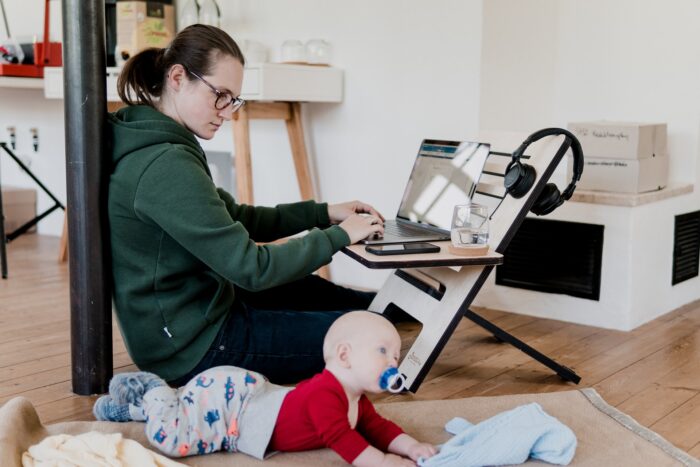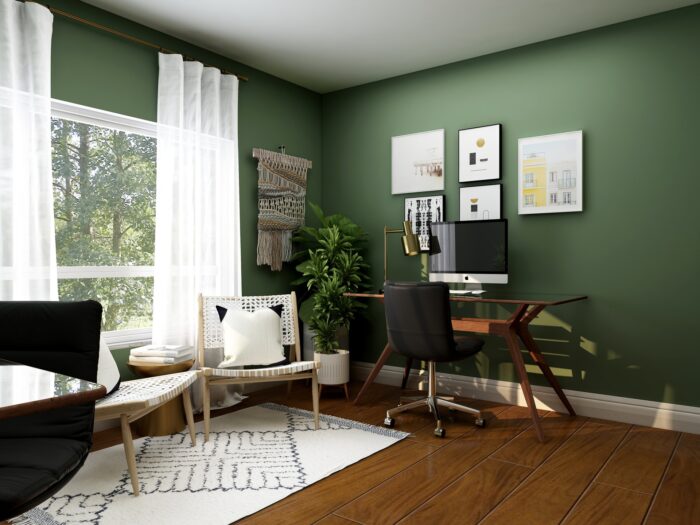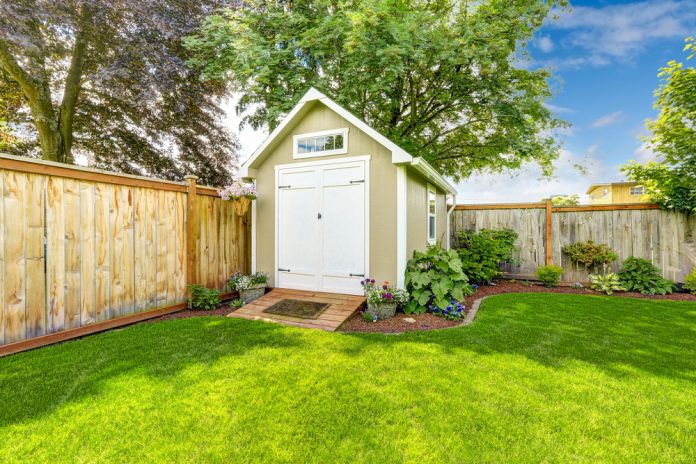You work from home, but your office is in the spare bedroom. You need a better space for you and your clients to have Zoom meetings, but there’s no space quiet enough. Your desk has slowly crept into the kitchen or living room over time, as you’ve tried to balance it between family life and business. Instead of spending hours figuring out how to rearrange furniture in an already-crowded house, have you ever thought about just building a new wing in your backyard?
Ever considered getting an ADU (Accessory Dwelling Unit)?
What Is an ADU?
ADUs are structures that occupy the same lot as a primary house. While these structures are also known as granny flats and mother-in-law units (after their original purpose, which is to provide an independent living space for aging parents and relatives), people have found various uses for ADUs: as Airbnbs, long-term rentals, and guest houses. One of ADUs most ingenious, yet least-talked about uses, however, is as a home office.
Work-from-Home: The Future
As the pandemic goes on, more and more companies across a wide variety of industries realise the benefits of remote work. According to a global survey of 800 executives conducted by McKinsey Global Institute, the post-pandemic world will be marked by a significant “adoption of automation and digitization, increased demand for contractors and gig workers, and more remote work.”
This phenomenon is not just a temporary trend that will pass with the pandemic; instead, it reflects a fundamental shift in our attitude towards work.
The State of Remote Work

COVID-19 took the world by surprise. Both companies and employees scrambled to figure out a set-up that works best. This viral video of a BBC interviewee interrupted by his children on-air became (and remains) the reality for a lot of people with kids. Even in the absence of kids, pets, or oblivious partners/housemates, the truth is that it’s very difficult to force yourself to concentrate in spaces where you’re previously conditioned to relax.
Individuals and organisations all over the world learned together, came up with, and shared pointers on how to keep productivity up. Setting up a schedule and definite workflow (including breaks), dressing up for work, and organising your workstation are common tips.
While an ADU is certainly not an option available to everybody, it is a very effective way to create a definite demarcation point between private and working spaces. Having an ADU home office is just like traveling to the office every morning, except the commute is as simple as walking to one side of your backyard or garden.
Is an ADU Home Office for You?
If you’re a work-from-home professional, building an accessory dwelling unit in your backyard is the perfect way to create a private space for all of your job-related tasks and responsibilities. If you’re living in a property with a backyard, garden space, shed, or even a basement, an office ADU is well within your reach if you want it!
1. Backyard/garden space. If you have a backyard and garden space, a detached modular home or transportable structure might be a great option for you. Setting up a brand new ADU in your garden or backyard will give you the freedom to design the home office of your dreams — your imagination’s the limit.
2. Shed. Already have an existing shed? It can be renovated and turned into a fully-functioning home office. If your shed is filled to the brim with useless knick knacks accumulating dust, the space might be better off renovated and turned into a fully-furnished home office.
3. Basement. While basements often conjure the idea of musty and dusty purgatories for stuff people can’t bear to part with, it has the potential to be renovated as a beautiful, even luxurious space designed to foster concentration and productivity.
ADUs allow you to live your life while also building your career and professional identity — they are a haven where you can go to escape the cluttered space of an average living room or bedroom without sacrificing comfort or convenience.
Setting Up Your ADU: Starting the Build
Thinking of setting up your very own ADU home office? Here’s an easy three-step primer:
1. Visualise the space. What will the space be? Will it serve a sole purpose as a home office or do you also visualise it as a relaxation space where you can play videogames or do yoga? Will your kids be using it as a study area as well? Do you want it to hold nothing but a computer table and a comfortable office chair, or do you want a kitchenette, toilet, or even a recliner in the office space? Do you plan to hold in-person meetings in it at some point in the future? These questions will help you determine the size of your office.
2. Permits. After a bit of planning, you can read up on the permits required for the building that you have in mind. Requirements depend on the area you’re in and the size of the structure so make sure you take those factors into consideration when doing your research.
3. Builders in your area. Unless you’re planning to DIY the entire project, your builder will provide you with the guidance and help: from the building permits, to the floor plans to the construction process and installation. Choose your construction companies wisely!
Incorporating Productivity into the Design

It’s important to incorporate aspects that promote focus and efficiency into your build. The goal is to make it easy for you to concentrate when you’re within the office space. Here are some tips to maximise the value that you get from your home ADU.
1. Make it easy to be tidy. Incorporate drawers and desk organisers to minimise paper clutter within the space. Make sure that you have everything that you need within your reach, but don’t put too many unnecessary items that you get distracted. Everything that’s on your desk must serve a purpose and have its own permanent “home.”
2. Let the light in. An open, clean interior design with windows that let as much natural light in, really helps with productivity. If possible, avoid eye-straining fluorescent lights and opt for LED lighting, especially if you tend to work well into the night.
3. Invest in a good chair and desk. A height-adjustable desk that will allow you to work standing up from time to time will help you reduce the health hazards brought about by sitting all day. A comfortable office chair with excellent lumbar support might be costly upfront, but it will pay off in the long run.
4. Soundproof your office. The sound of screaming kids, traffic, loud neighbors, barking dogs, and a housemate’s meeting can really make it hard to be productive. That’s why it’s important to consider soundproofing your office. Ask your contractors about window inserts, acoustic plasterboards, and gap sealing.
5. Communicate with your housemates. Last but not the least, don’t forget to communicate with your kids, partner, or housemates. It’s important to let them know how important it is to respect your working space and office hours. You might have to make sure they understand that you are not to be disturbed while you’re in the home office (unless it’s an absolute emergency).
Conclusion
Remote work is the future. Getting an ADU is a great way to make sure that your home life and your career remain separate. There’s no need to juggle: if you have the space for it, an ADU will allow you to thrive in your career and to completely enjoy your time off work.
Find a Home-Based Business to Start-Up >>> Hundreds of Business Listings.
















































